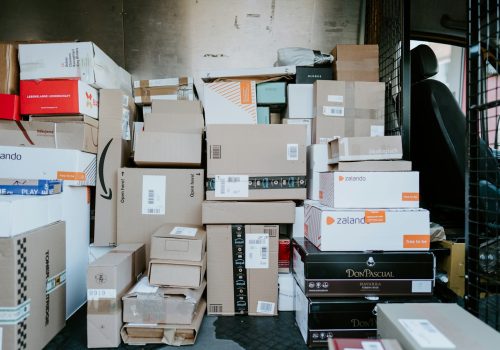Sustainable Wine Packaging: A Look at Eco-Friendly Options
Sustainable wine packaging has become an increasingly important consideration in the wine industry as consumers are demanding more eco-friendly options. Traditional packaging methods have a significant environmental impact, so wineries are exploring new options to reduce their carbon footprint. This article explores some of the eco-friendly options available to wineries, innovative sustainable packaging solutions, and the challenges they face when implementing these new solutions.
Sustainable Wine Packaging Options
Glass bottles have long been the traditional choice for wine packaging, but they are heavy and require significant energy to produce and transport. Boxed wine, on the other hand, offers a more lightweight and eco-friendly option, reducing the carbon footprint of shipping and storage. Aluminium cans and Tetra Pak cartons are also gaining popularity as they are easily recyclable, lightweight, and convenient. However, each option has its own benefits and drawbacks that need to be considered.
Sustainable Packaging Innovations
In recent years, there has been a surge in innovation in sustainable packaging. Many companies are experimenting with biodegradable materials, recycled materials, and other eco-friendly alternatives. One such innovation is the use of moulded pulp, made from recycled paper, as a replacement for traditional plastic packaging. These innovations offer a promising future for sustainable wine packaging and could revolutionize the industry’s environmental impact.

The Importance of Sustainable Wine Packaging
Sustainable wine packaging in NZ is critical to reducing the industry’s carbon footprint, as it can significantly reduce greenhouse gas emissions and waste. In addition, consumers are increasingly looking for eco-friendly options and are willing to pay more for sustainable products. Adopting sustainable packaging solutions can improve a winery’s brand image, increase customer loyalty, and ultimately benefit the planet.
Challenges to Implementing Sustainable Wine Packaging
While the benefits of sustainable wine packaging are clear, there are still challenges to overcome when implementing these solutions. Switching to eco-friendly packaging can be expensive, and wineries must consider the financial and logistical implications. In addition, the perception of some consumers may need to change, and wineries must consider this when making the switch.
Conclusion
Sustainable wine packaging is a crucial consideration for wineries looking to reduce their carbon footprint and meet consumer demands for eco-friendly products. While there are challenges to implementing these solutions, innovative sustainable packaging options offer a promising future for the industry. By adopting eco-friendly packaging, wineries can improve their brand image, increase customer loyalty, and make a positive impact on the environment.





